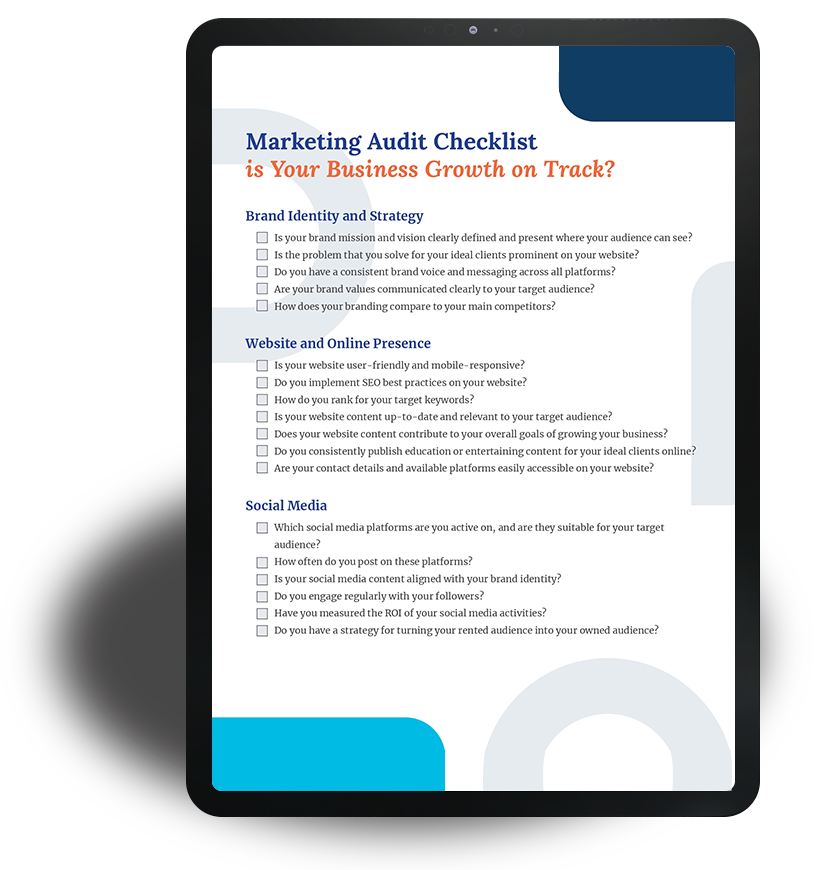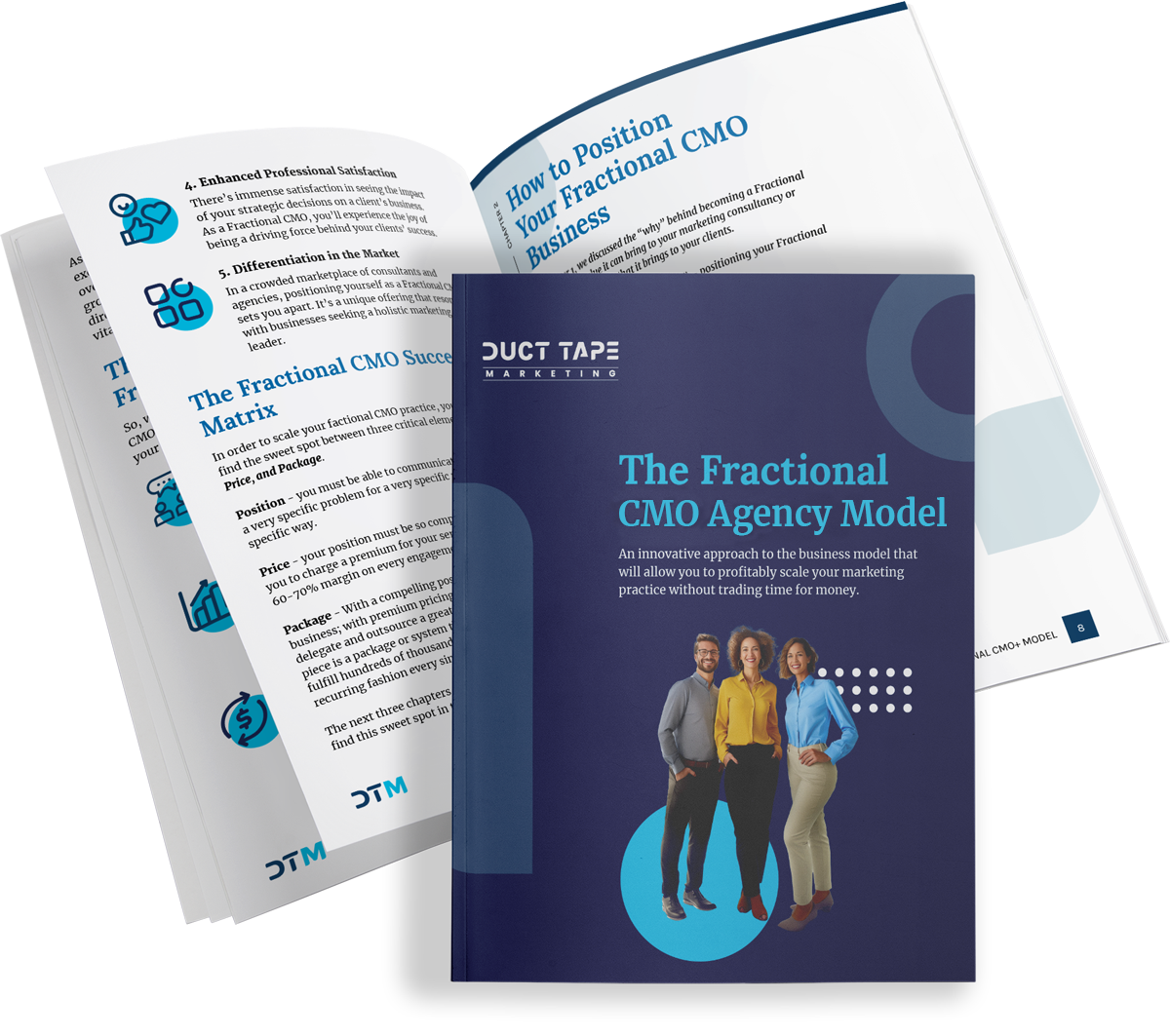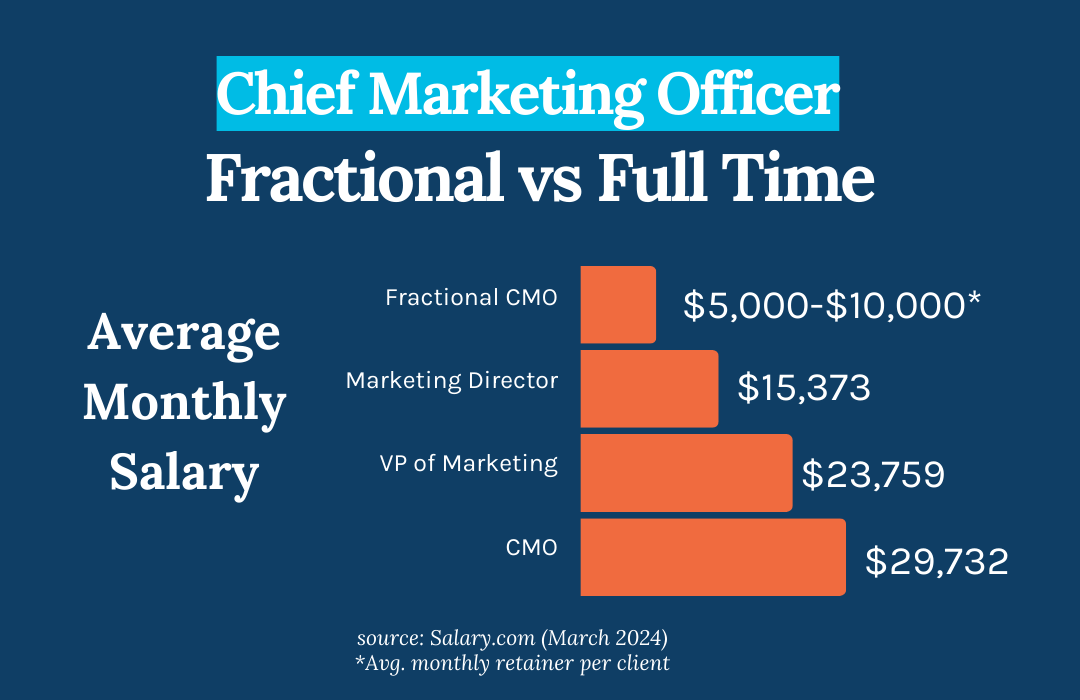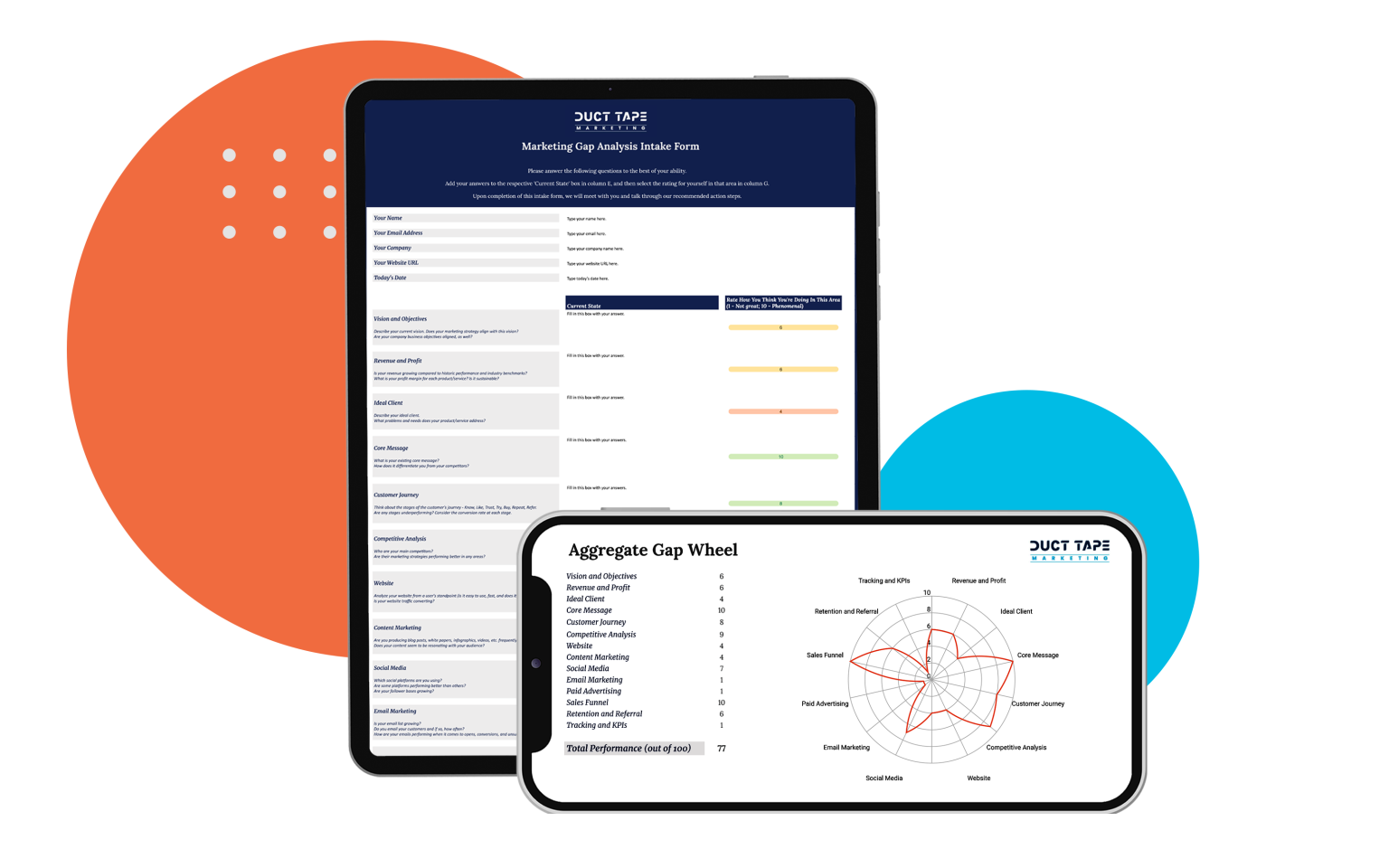Small Business Owners: Who Should You Hire for Marketing? written by Jordan E read more at Duct Tape Marketing
When it comes to marketing, small business owners have a big decision to make: who should you hire to get the job done? The options are varied, each with its own set of benefits and challenges. Let’s break it down.
In-House Marketing Team
Bringing marketing in-house means you get total control over everything. You can give real-time input on strategies, tweak campaigns as needed, and stay in the loop on daily tasks. Plus, your team is 100% focused on your business, so their efforts are super tailored to what you want.
Sounds great, right? Well, here’s the catch—this setup can get really expensive, really fast. Small businesses often can’t afford to hire senior-level marketers, let alone build an entire team of specialists. For example, just hiring a Chief Marketing Officer (CMO), Marketing Director, or VP of Marketing can set you back anywhere from $15,363 to $29,732 per month. And that’s just one person!
If you want a full team (think SEO pros, content creators, web developers, designers, etc.), you’re looking at an average of $6,348 per specialist per month. Ouch.
Key Roles & Costs:
- CMO, Marketing Director, or VP of Marketing
- Monthly Cost: $15,363 – $29,732
- Pros: You get a seasoned marketing expert who’s fully dedicated to your business.
- Cons: The cost is high, and for many small businesses, it’s just not practical.
- Marketing Implementers
- Monthly Cost per Specialist: $6,348
- Pros: With dedicated specialists (like social media managers, SEO experts, or designers), you get quality work in specific areas.
- Cons: Costs add up quickly. Plus, without a unified strategy, you might end up with a marketing team that’s not always on the same page.
Outsourced Marketing
Outsourcing your marketing can be a much more budget-friendly option. You get access to outside experts without needing to hire full-time employees. But be warned: finding the right partner is key, or you could end up wasting time and money on a setup that doesn’t fit your business.
Fractional CMO (fCMO)
- Monthly Fees: $5,000 – $10,000
- Pros: A Fractional CMO brings that high-level marketing expertise but at a fraction of the cost of a full-time CMO. They offer strategic direction and leadership, which can really boost your marketing efforts.
- Cons: It’s a shift in mindset for many businesses. You’ll need to get used to a part-time leader, but with the right fit, this model can work wonders.
Marketing Agency
- Monthly Fees: $5,000 – $15,000+
- Pros: Agencies give you a team of specialists who cover everything from strategy to execution. You get a diverse set of skills, usually at a lower cost than hiring in-house.
- Cons: Some agencies use a one-size-fits-all approach, which means they might not tailor their strategies to your specific needs.
The Hybrid Approach: Best of Both Worlds
If hiring a full in-house team seems like overkill but you’re not sold on outsourcing everything, the Fractional CMO Agency Model could be your sweet spot. This setup combines the senior-level expertise of a Fractional CMO with the flexibility and cost-effectiveness of outsourcing.
Here’s why it’s worth thinking about:
Fractional CMO Agency
- Monthly Fees: $5,000 – $15,000+
- Pros:
- Top-Tier Expertise: You get a senior-level marketer without paying a full-time salary.
- Cost-Effective: It’s way more affordable than building an entire in-house team.
- Full Execution Team: The agency fills in any gaps in your team, covering all aspects of marketing.
- Integrated Strategy: With a Fractional CMO guiding both your in-house and outsourced teams, everything stays aligned with your business goals.
- Clear Metrics: You’ll get measurable results, so you’ll know exactly what’s working (and what’s not).
- Cons: Switching to this model requires a bit of a mindset shift, but with the right partner, it can be a game-changer.
Making Your Decision
At the end of the day, the right choice depends on what your business needs, your budget, and your goals.
Whether you go all-in on an in-house team, outsource to the pros, or find a balance with the hybrid approach, it’s all about finding what works best for your business.
Take some time to weigh the pros and cons of each option, and find the perfect fit that aligns with your strategy and resources.
If you’re interested in learning more about the Fractional CMO Agency Model and how it could help your business, check out my post on Leveraging a Fractional CMO for Growth for more insights.
Still unsure? Let’s talk! Book a free discovery call and we can figure out what makes the most sense for you.
Choose Your Adventure
Business Owner

OR
Marketing Consultant?

Business Owners:
Get your Marketing Success Toolkit:
Get the Ultimate Case Study for Hiring a Fractional CMO & the Marketing Audit Checklist so you know exactly where to focus.
Agencies & Marketing Consultants:
Get the Fractional CMO Agency Model ebook for just $4.99
Get the ultimate ebook to growing a Fractional CMO practice & learn our proven system.

Get your hands on our FREE Marketing Success Toolkit, which includes:
- Discover if hiring a Fractional CMO is exactly what your business needs to increase revenue and how to hire an in-demand fractional CMO
- The Marketing Audit Checklist: Gain crystal-clear insights into your current marketing state
Business Owners

Get instant access to the Fractional CMO eBook, jam-packed with:
- 50 pages of concentrated, no-fluff content featuring a proven system to generate over 6+ figures in annual recurring revenue
- Over 28 years of proven strategies to scale your agency and earn back your entrepreneurial freedom


 David Gersh is the founder and president of
David Gersh is the founder and president of